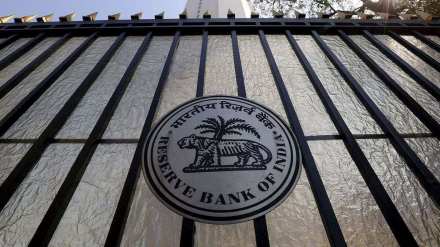The Reserve Bank of India’s (RBI) decision to tighten regulations for transactions on non-banking financial company peer-to-peer (NBFC-P2P) lending platforms was needed as all platforms have not been following the rule book. For instance, the existing rules already barred an NBFC-P2P from providing or arranging any credit enhancement or credit guarantee for a customer. Propping up sub-standard credit profiles is dangerous and can disrupt the system. Lenders are vulnerable to a default by the borrower especially if the guarantees are not honoured. While NBFC-P2P platforms do make it easier for a section of borrowers to get a loan, which they might not be able to access from a bank or an NBFC, the lenders have the right to know the correct level of creditworthiness of the borrowers. It’s possible that business may slow down for some players that were offering credit enhancements. But a clean-up was needed.
The RBI has also made it clear that an NBFC-P2P platform should not, on any count, assume a “credit risk” for the transactions that take place on the platform. In other words, only the lender — a regulated entity — must bear any loss arising out a default by a borrower on the repayment of the principal or the interest. This will force lenders to do more due diligence and assess creditworthiness carefully before they write out a cheque. Again, those platforms that were picking up the tab for any defaults could lose business but risks need to be reined in.
According to the rules rolled out in 2017, the RBI had asked NBFC-P2P platforms to not cross-sell any products except for loan-specific insurance. However, it appears the loans were being pushed by some platforms as an investment product with features such as tenure-linked assured minimum returns and liquidity options. The regulator has explicitly banned loans being sold by one lender to another. The regulator has also streamlined the timelines for fund transfers from escrow accounts. From mid-November, lenders’ funds awaiting transfer to a borrower, in an escrow account, should not remain there for more than T+1 day. Similarly, money collected from borrowers should not be left lying in an escrow account for more than T+1. While some players have complained the timeline is too short, in these days of electronic banking, a day is enough. Moreover, the RBI has made it clear funds in escrow accounts must be used solely for the purpose that they are parked there. In fact, a platform cannot use the funds of lender A for transactions of lender B. This will ensure that payments to borrowers and repayments to lenders are not delayed.
While the cap of Rs 50 lakh for total lending by individuals across all P2P platforms has been retained at Rs 50 lakh, the language of the provision has been amended to bring the rules in line with the RBI’s digital lending guidelines. To be sure, keeping track of lenders, the amounts they are lending across platforms, and also their net worth, is not going to be easy. Some mechanism needs to be put in place to facilitate this. In the near term, the volume of transactions could slow especially because lenders can’t ease their cash flows by “selling” the loans. It is creditable that these platforms have helped millions who find them easier to borrow from than from banks and NBFCs. But innovation is more than welcome only if they are within the rules.
